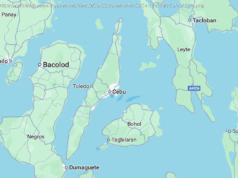Media are failing to inform audiences about pressing impacts on human migration patterns, women, and the economy
Broadcast networks are decreasing their climate coverage at a time when the case for reporting on the issue is become more and more compelling. By ignoring this serious matter, media are failing to inform audiences about pressing impacts on human migration patterns, women, and the economy. In 2016, media had no shortage of compelling reasons to cover climate change — from the revelation that it was the third consecutive to the United States’ election of a to its highest office. Yet broadcast news outlets’ coverage of climate change dropped a whopping from 2015 to 2016, making it the third consecutive year of declining coverage. When media turn a blind eye to climate change, they ignore an issue that will have and across the globe. According to, unmitigated climate change could displace between 50 million and 200 million people by 2050. But the effects of climate change are. In the U. S. last year, the federal government $48 million in grants to resettle residents of Isle de Jean Charles in Louisiana, which represents “the first allocation of federal tax dollars to move an entire community struggling with the impacts of climate change.” Climate change poses a particular threat to women. A have concluded that women will bear the brunt of climate change-induced natural disasters and severe weather events. According to a United Nations, “Women are more vulnerable to the effects of climate change than men — primarily as they constitute the majority of the world’s poor and are more dependent for their livelihood on natural resources that are threatened by climate change.” The analysis also stated, “When coupled with unequal access to resources and to decision-making processes, limited mobility places women in rural areas in a position where they are disproportionately affected by climate change.”






